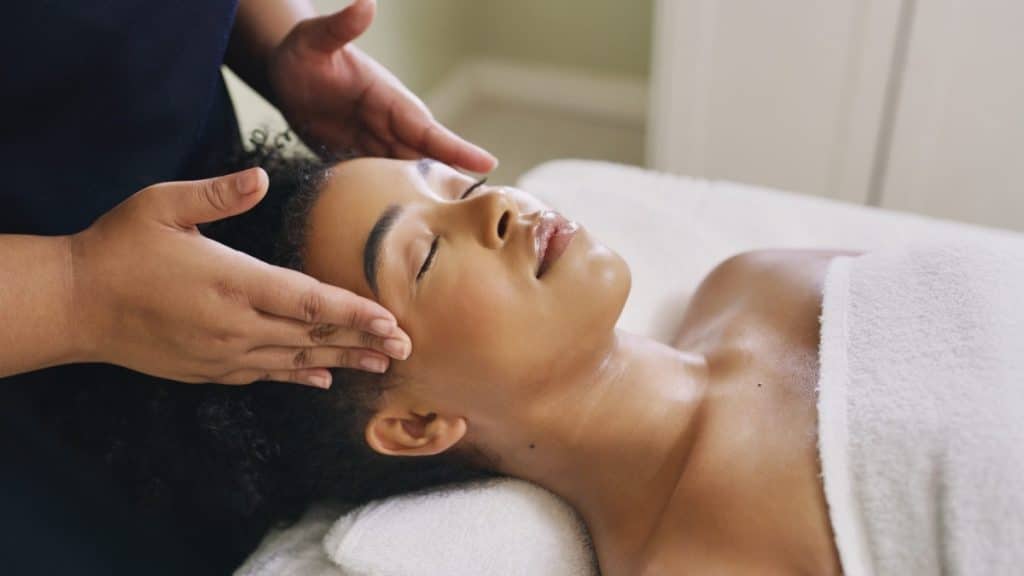Keeping clients comfortable while helping relieve muscle tension, decrease pain levels, and promote relaxation requires finesse. It’s no easy feat, but a massage therapy certification prepares you for success.
Certification programs instill the technical and soft skills needed for a Licensed Massage Therapist (LMT) career through lectures, hands-on practice, and clinical placements.
This guide breaks down the core competencies you’ll build through training, or you can see more about Massage Therapy Training here.
Body Mechanics
An LMT program will give you an inside look at muscles, bones, and how the body works. You’ll dive into topics like biomechanics, kinesiology, and myology to learn about posture, movement patterns, and injury prevention.
To deliver safe, helpful treatments, understanding body mechanics is a must for massage therapists. The courses teach you proper positioning and techniques to avoid overworking yourself. You’ll also learn how to tweak your style and pressure for each client.
Developing Skills for Different Modalities
In a massage therapy certificate course, expect hands-on training in techniques like Swedish massage, deep tissue, sports massage, and shiatsu. LMT programs usually introduce a new modality each term so students can master one before blending approaches.
Modalities training is incredibly valuable for addressing different health goals. For example, prenatal massage techniques help expectant mothers find relief. Knowing multiple specialized techniques opens career doors in medical offices, spas, and other settings.
Gaining Expertise in Anatomy
An in-depth study of anatomy and pathology gives LMTs insight into how conditions affect soft tissues. You’ll understand muscle origins and insertions, bone landmarks, and nervous pathways. This scientific background prepares massage therapists to work with other healthcare providers. It also boosts confidence in providing customized treatments based on each client’s unique needs or limitations.
Business and Ethics for Client Careers
Career preparation classes guide new LMTs on launching and running a successful practice. Expect lessons on professional standards, HIPAA compliance, tax obligations, and getting licensed in your state.
Ethics courses emphasize proper draping techniques and establishing informed consent and boundaries. Developing a business plan and promotional strategies helps open doors, whether working at a spa or independently.
Guidance in these areas sets therapists up to practice massage and build lifelong careers centered around client wellness.
Hands-On Experience
Massage therapy certification culminates in hands-on training. Under instructor supervision, students gain experience interacting with real clients at on-campus clinics or off-site placements. These practicums fine-tune skills and receive feedback, treating dozens of clients with various concerns before graduating.
The simulated work environment helps develop confidence, time management, and the soft skills needed to run a therapy room. By the end of clinical practice, new LMTs feel polished and prepared to pass licensure exams and start accepting clients independently.
Here’s What You Will Learn From Massage Therapy Training
A massage therapy certificate readies career-minded students with the know-how and abilities to become Licensed Massage Therapists. Class lessons, hands-on practice, and science-grounded coursework provide a sturdy foundation.
This includes mastering certain techniques, gaining confidence through anatomy study, grasping business operations, and staying compliant with regulations. By the end, graduates emerge with core training and qualifications to build rewarding, lifelong careers focused on client health, healing, and care.
